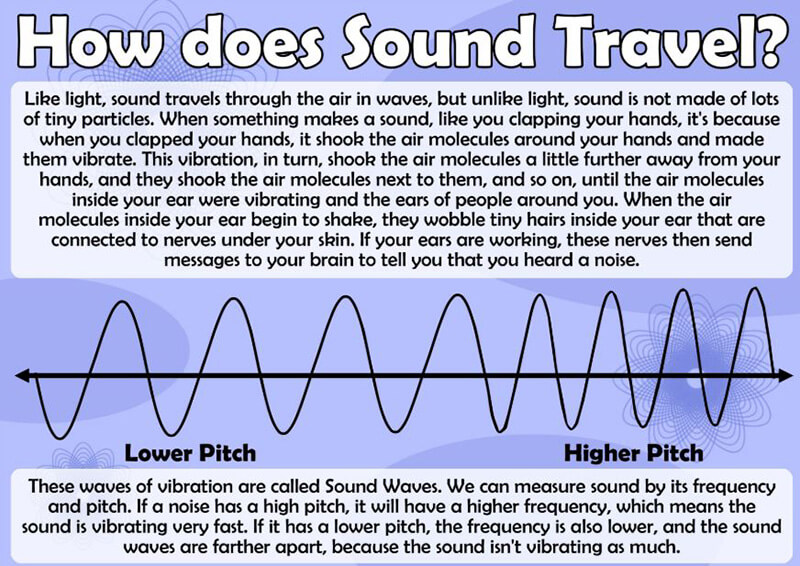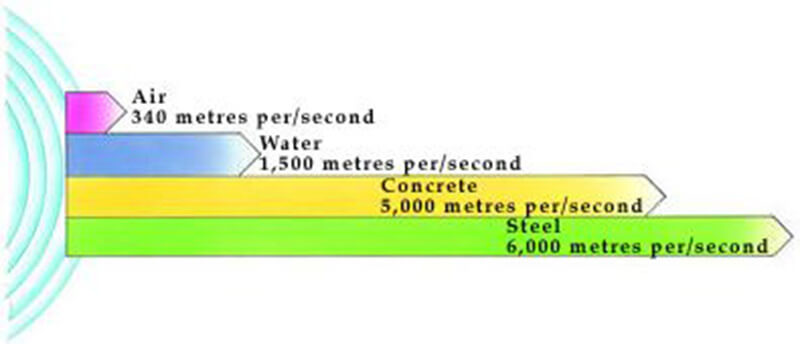How Fast Does Sound Travel
We know that noise travels. Sound travels around 1500 meters per minute in seawater. That is approximately 15 football fields end-to-end in 1 second. Sound travels at approximately 340 meters per minute, 3 football fields that are just per minute, in air.
The solution is not that easy. The speed of sound in seawater isn’t a constant price. They have effects on how sound travels from the sea, Even though the variations in the rate of sound aren’t big.
Why is the rate change? It’s influenced by the oceanographic factors of fever, salinity, and strain. By focusing on a single place from the sea we can have a look at the impact of each one of these factors on the rate. When oceanographers take a look at the shift of an oceanographic factor with water thickness, they also call it a profile. Here we’ll analyze the temperature profile, the profile, along with the profile. Like the profile of your face which provides a negative view of your own face, a profile provides a negative view of the sea at the place at the top to bottom to you. It looks at the way that the attribute of the sea changes as you move from the sea level down to the seafloor. It is at the center of the sea.
Listed below are profiles for a website from the deep sea roughly half-way between the South or North pole and the equator. In these profiles, the temperature declines because the water gets. Here we’re referring to the sea pressure on account of the weight of the overlying water (balance stress ), as well as the strain connected with a solid wave, which can be much, much smaller. Generally, temperature decreases with depth, salinity can increase or decrease in-depth, and stress increases with thickness.

The approximate change in the rate of sound using a change in Every property is:
Temperature 1°C
Here’s a sound speed profile to your deep sea in mid-latitudes.
The reduction in speed near the surface is due to temperature. The speed on the surface is quick because the temperature is elevated in sunlight warming the ocean’s top layers. The temperature gets colder and colder until it reaches a nearly constant value. Considering that the temperature is constant, the pressure of this water has an effect on the sound speed. Because pressure increases with depth speed increase with thickness. Salinity has a smaller impact on rate than stress or temperature. This is changes in the sea are modest and because the impact of salinity on speed is little. Near the coast and at estuaries, in which the salinity varies considerably, salinity may have a more significant influence on the rate of sound in water.
It’s necessary to see that the way sound travels is quite determined by the terms of the sea. The sound speed minimal at approximately 1000 meter thickness in mid-latitudes generates an audio channel that allows sound travel extended distances from the sea. The SOFAR Channel Department provides more info on the way the sound speed minimal focuses sound waves to the station.
